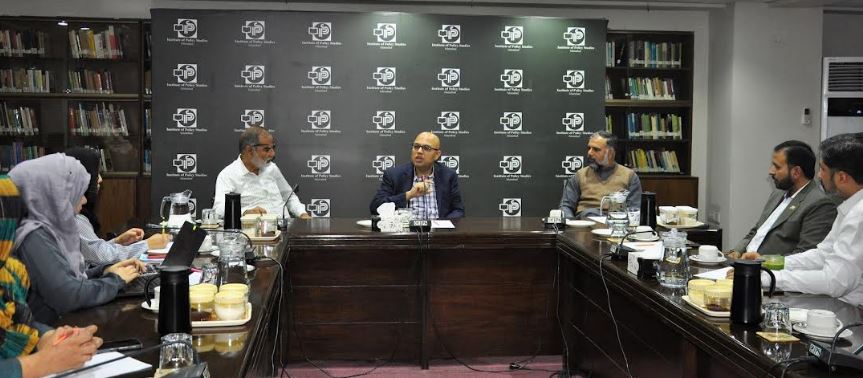Muslim Americans donate more generously than their non-Muslim countrymen: Shariq Siddiqui

DNA
Islamabad, OCT 26: American Muslims, despite being merely 1% of the total US’ population and poorer than their native non-Muslim compatriots, donate around $4.5 billion annually, which is more than what the general population hands out. The conservative Muslims, moreover, also happen to be more open to diversity in their philanthropic practices. While their motivational factors may vary, including empathy and social welfare, a big reason behind this range of Muslim philanthropy is their religious beliefs and values.
These were the research findings depicting the trends of Muslim philanthropy in the US, as put by Dr Shariq Siddiqui, assistant professor, Philanthropic Studies and director, Muslim Philanthropy Initiative at the Indiana University Lilly Family School of Philanthropy, who was visiting Institute of Policy Studies (IPS) to deliver a talk on ‘Trends in Muslim Philanthropy and Cooperation Models’.
Underscoring the significance of research on Muslim philanthropy, Dr Siddiqui shared that these research findings and philanthropic trends equip nonprofits and philanthropic leaders and organizations with the knowledge to educate people about Muslim philanthropy, and respond to the challenges of the society. This also gives way to more questions that should be made a priority by Muslim non-profit organizations to develop empirical research.
Dr Siddiqui also presented his views on cooperation models between organizations to conduct research on Muslim philanthropy. He upheld that independent research requires adequate resources, while Muslim non-profit organizations are resource constrained with extra mandates. This serves as one of the main reasons for the shutting down of Muslim organizations and their lack of collaboration with other Muslim and interfaith organizations.
Inter-faith foundations also don’t collaborate with Muslim organizations because of their lack of knowledge about the cooperation areas where Muslim organizations can help them as well as Islamophobia and fear of involvement in terrorism-funded activities. Moreover, Muslim organizations are not as visible as they should be.
Dr Siddiqui stressed the building of associations and collaborations between Muslim nonprofit entities. In this regard, he shared the Community Collaborative Initiative advanced by him as an example of a collaboration model between 25 Muslim organizations to stimulate research based on Islamic knowledge building with an approach that brings forward all kinds of philanthropic ideas.
Furthermore, he emphasized adopting a religious philanthropic approach in a way that indigenous informal philanthropy, cultural activities, and Islamic traditional values are incorporated into Muslim philanthropy as they can unlock the contemporary problems and improve the sustainability of the society.
It is particularly important in the future when governments would increase regularizations and see themselves as funder and director of private money. Though the formal sector would attain legitimacy and profit from regulations, the informal philanthropy would be at a disadvantage.
Related News

Quran offers ‘luminous guidance’ to straight path: Allama Riaz
RAWALPINDI, Dec 17 (APP/DNA):The Holy Quran provides “luminous guidance” to humanity, emphasising both virtues andRead More

APNS condemns govt ad stoppage to Frontier Post as unjust
KARACHI, DEC 17 /DNA/ – The APNS expresses serious concern over the stoppage of FederalRead More


Comments are Closed